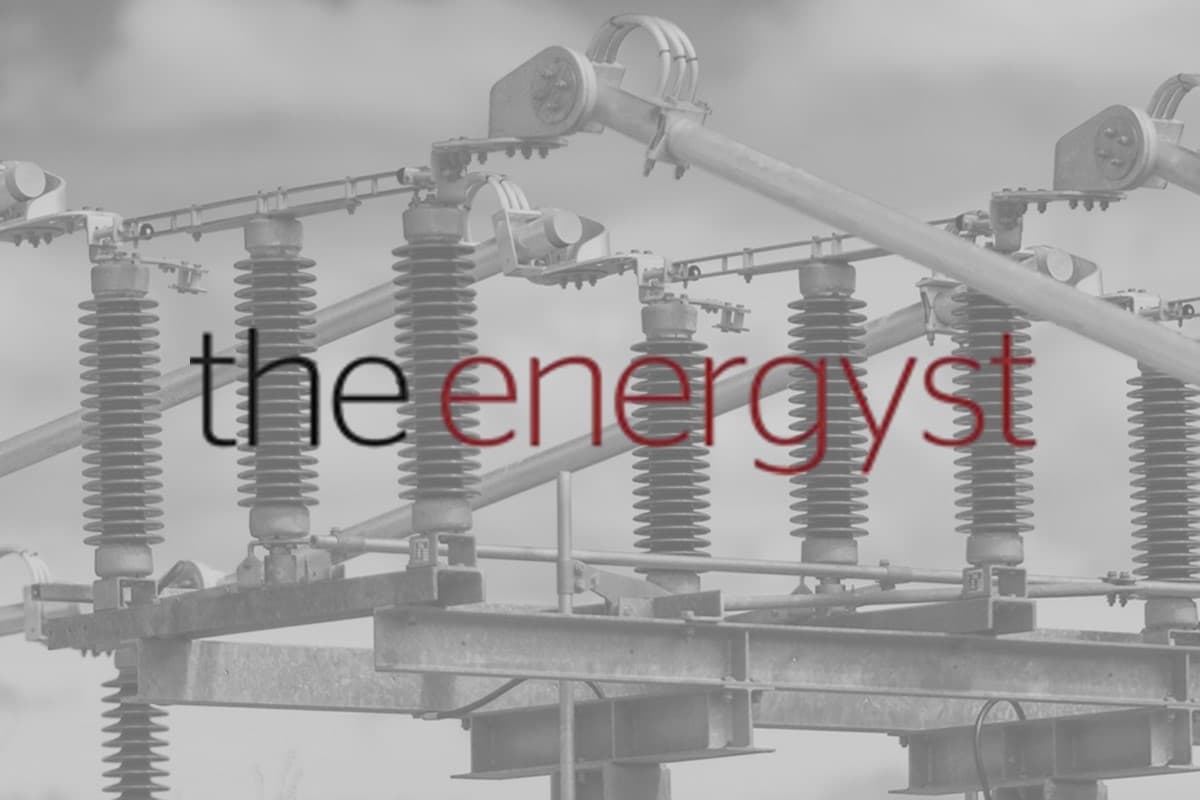‘Grid is King’ for any stand-alone or co-located scheme
Published October 2017
We are delighted that our CEO, Hugh Taylor, has been interviewed for The Energyst.
For any standalone or behind-the-meter, single technology or co-located schemes ‘grid remains king’ – that’s the message that The Energyst Editor, Brendan Coyne, picked up from Hugh in his interview for The Energyst’s Battery Storage report.
Read the full article here…. https://theenergyst.com/solar-and-storage-grid-is-king/
Solar and storage could be the next bull market. But only projects with sufficient import-export capacity make economic sense. Hugh Taylor, of grid rights consultancy Roadnight Taylor, says such capacity is thin on the ground. Brendan Coyne reports
There is “huge interest” in collocating storage and generation from developers, according to Hugh Taylor, CEO at grid connection rights consultancy Roadnight Taylor. But in virtually all cases, regardless of generation type, “grid is king”.
Collocation is “very much a recent phenomenon” says Taylor, pointing to the column inches devoted to Anesco’s Clayhill Farm development. But he says that project benefitted from circumstances and available infrastructure and export capacity on location that are the exception rather than the rule.
“Four months ago, nobody was asking about it. But now, it is all about being able to collocate.”
Export strength solar and storage
For such schemes to stack up they need sufficient import and export capacity, which Taylor says are not readily available.
“I think the assumption, across the country, is that the batteries will charge from solar energy and then discharge when the solar isn’t generating,” says Taylor.
“But for those schemes to work, they need to be discharging at the same time as generating. Or at least have the ability to do so, in order to stack enough revenue streams,” he continues.
“So essentially grid is king. If you can secure enough import and export capacity, you can make money. As long as you can import and export across thermal, voltage, fault level – all the other characteristics that mean you can collocate storage and gensets, or storage and solar – that is where the opportunities are.”
For those that “have to pick and chose export capacity for one technology or the other,” the opportunity is much smaller, says Taylor,
He believes “serious operators” accept that reality. But Taylor is unsure “whether the solar industry and the storage industry as a whole quite understand they will need that amount of export capacity. And export capacity is at a huge premium across the country”.
Behind the meter
Export capacity is also an essential consideration for behind the meter (BTM) storage, says Taylor.
“At the moment, simple timeshifting really doesn’t work [for BTM storage economics]. You have to provide flexibility to National Grid. So the first thing we look at is how much export and import is available and can be made available,” says Taylor. “That is absolutely key to a scheme.”
Beyond that, firms have to consider the level of capacity headroom outside of onsite generation and peak demand periods, and what can be shifted.
”Very large I&C firms typically have enough load and baseload to engage in demand-side response with or without a battery. If they provide demand-side response, the battery can amplify that opportunity,” says Taylor.
“But I think that there is an assumption at the moment, because storage is ‘sexy’, that you can put in a battery anywhere and it will make money.
“That simply isn’t the case.”


